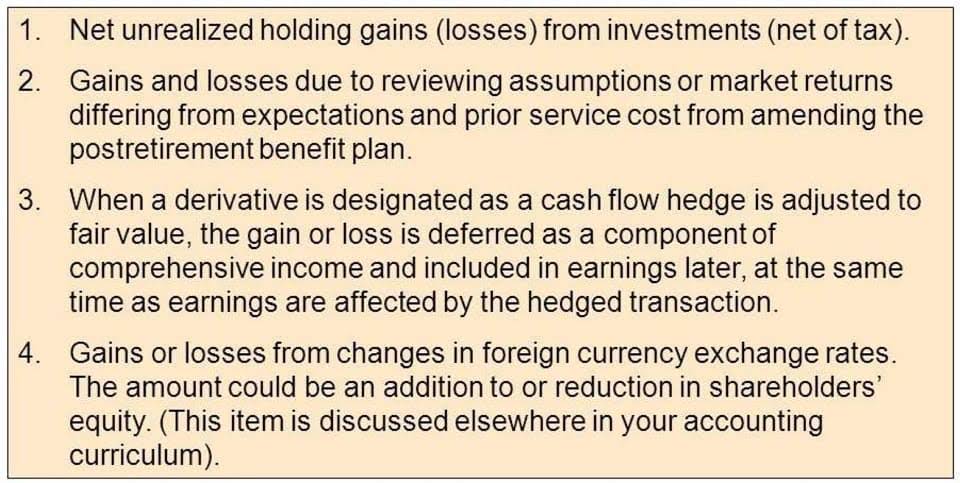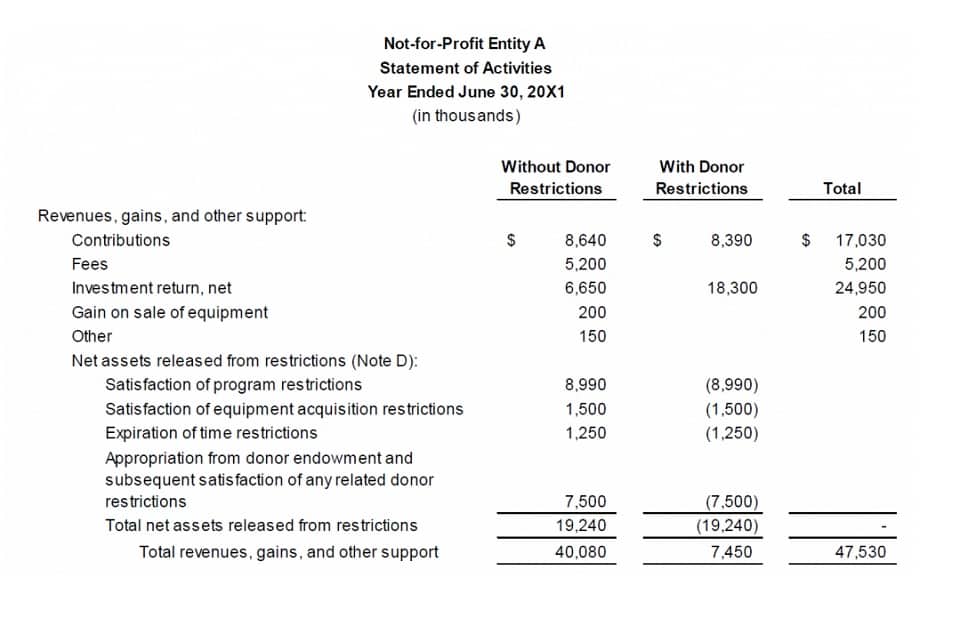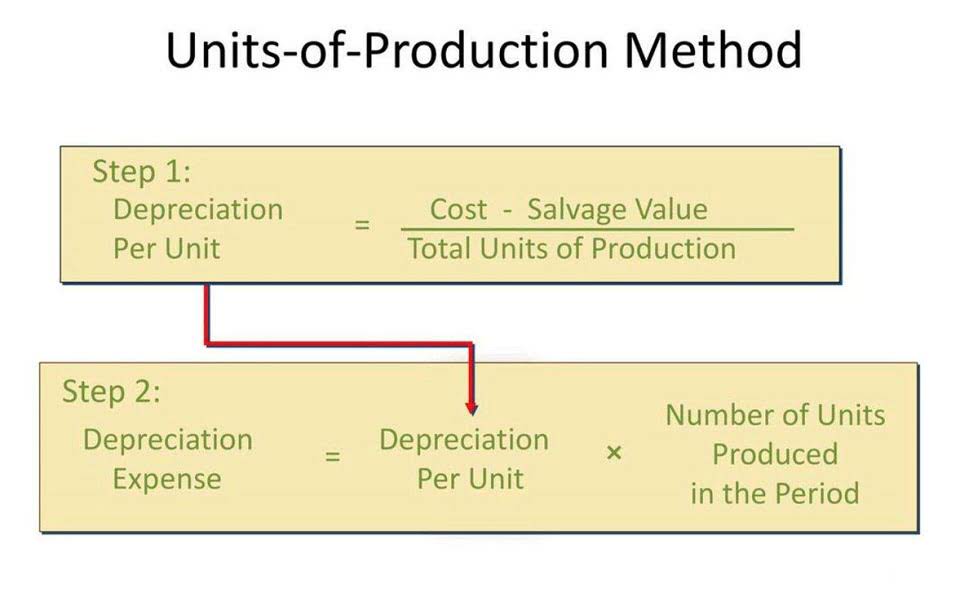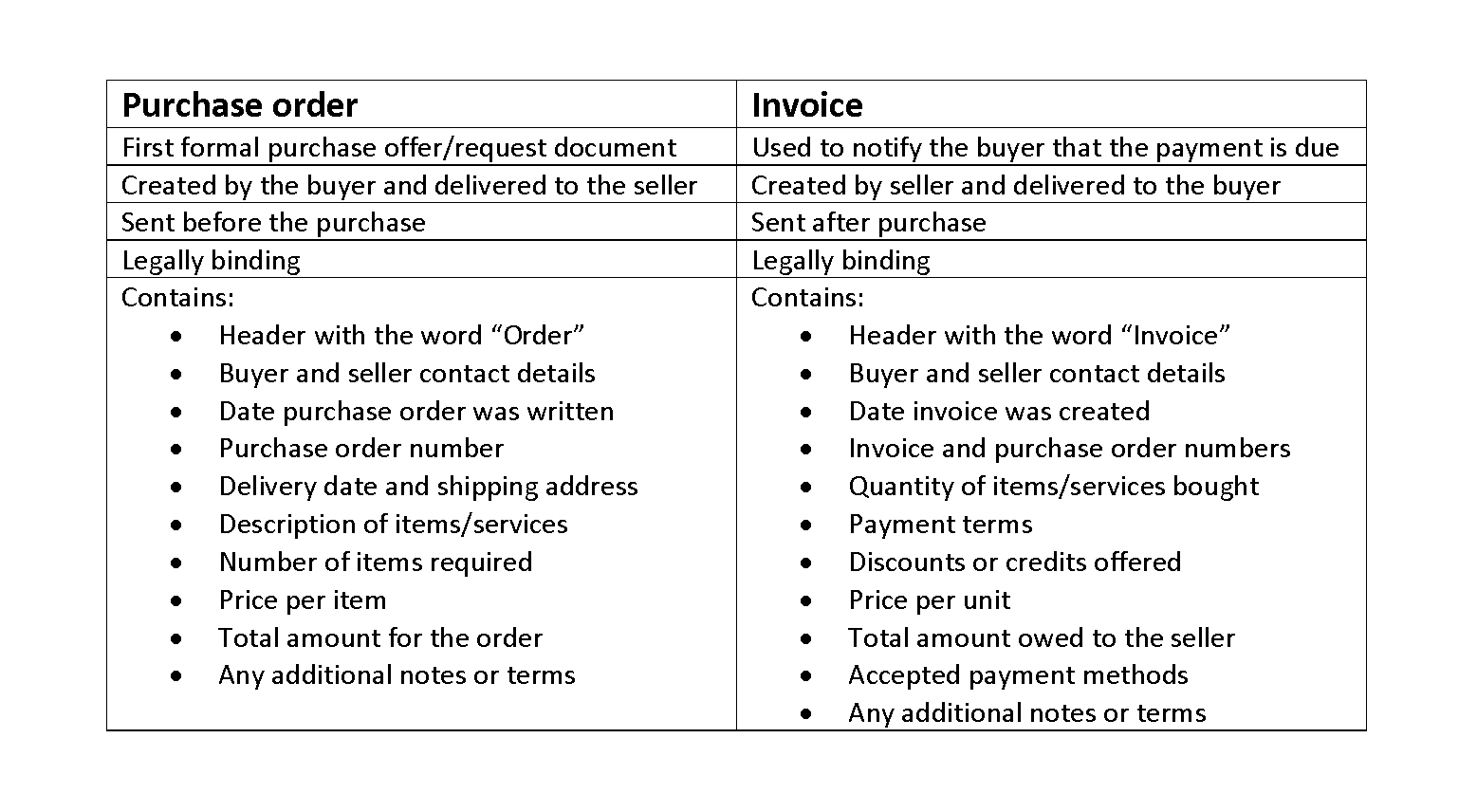
Therefore, while the change in working capital is a vital measure of financial performance, it is best understood in the context of a company’s industry, size, growth phase, and other financial metrics. Put together, managers and investors can gain critical insights into a business’s short-term liquidity and operations. In this case, the retailer may draw on their revolver, tap other debt, or even be forced to liquidate assets. The risk is that when working capital is change in working capital sufficiently mismanaged, seeking last-minute sources of liquidity may be costly, deleterious to the business, or, in the worst-case scenario, undoable. The suppliers, who haven’t yet been paid, are unwilling to provide additional credit or demand even less favorable terms.

How to Interpret Change in NWC?
We also exclude employee benefits and net as they can’t be included in our liabilities because they don’t contribute to our working capital. The math portion of this calculation remains very simple; the harder part is understanding where the numbers come from and why it is essential to focus on the change in working capital and interpret the result. He says that far more eloquently than I could have, and the last two sentences are key to understanding this concept. Put another way, if changes in working capital are negative, the company needs more capital to grow, and therefore, working capital (not the “change”) is increasing.
- Current assets, in fact, have been decreasing, while current liabilities have been growing largely due to increases in deferred revenue and income taxes payable.
- Beyond a formula or equation defining working capital, the important issue remains what the change part means and how to interpret and use those changes in valuing companies.
- The more working capital a company has, the less likely it is to take on debt to fund the growth of its business.
- It also means that the company can continue to fund its day-to-day operations.
- Working capital can’t lose its value to depreciation over time, but it may be devalued when some assets have to be marked to market.
- In this case, the retailer may draw on their revolver, tap other debt, or even be forced to liquidate assets.
How is change in working capital calculated?
If a bookkeeping company’s owners invest additional cash in the company, the cash will increase the company’s current assets with no increase in current liabilities. Under sales and cost of goods sold, lay out the relevant balance sheet accounts. Remember to exclude cash under current assets and to exclude any current portions of debt from current liabilities. For clarity and consistency, lay out the accounts in the order they appear in the balance sheet.
- Suppose an appliance retailer mitigates these issues by paying for the inventory on credit (often necessary as the retailer only gets cash once it sells the inventory).
- The quick ratio excludes inventory because it can be more difficult to turn into cash rapidly.
- In short, working capital is a snapshot of a company’s current financial position, while change in net working capital shows how that position has changed over time.
- Most major new projects, like expanding production or entering into new markets, often require an upfront investment, reducing immediate cash flow.
- Current assets include assets a company will use in fewer than 12 months in its business operations, such as cash, accounts receivable, and inventories of raw materials and finished goods.
- The increment he is referring to is the increase in the current operating assets as mentioned above.
The Role of Working Capital in Financial Analysis.
- The interpretation of either working capital or net working capital is nearly identical, as a positive (and higher) value implies the company is financially stable, all else being equal.
- If the change in working capital is negative, it means that the change in the current operating liabilities has increased more than the current operating assets.
- Changes in working capital can be indicative of the financial health and efficiency of a company.
- Positive change indicates improved liquidity, while negative change may signal financial difficulties.
- Its Cash Management module automates bank integration, global visibility, cash positioning, target balances, and reconciliation—streamlining end-to-end treasury operations.
- A challenge in assessing working capital is in properly categorizing the vast array of assets and liabilities on a corporate balance sheet.
The current assets and current liabilities are each recorded on the balance sheet of a company, as illustrated by the 10-Q filing of Alphabet, Inc (Q1-24). Operating net working capital can be viewed as the amount of cash tied up in the net funding of inventory, accounts receivable, and accounts payable. As shown above a change in inventory, accounts receivable, and accounts payable results in a change in working capital and a cash flow in or out of the business. Accordingly this cash flow is shown as part of the cash flow statement under the heading operating cash flow. Some sectors like Retail and Ecommerce experience significant fluctuations in sales and inventory during peak seasons.

Example calculation with the working capital formula

This approach ensures that cash isn’t unnecessarily locked away in unsold goods. This metric serves as the lifeblood of a company’s operations, reflecting its ability to meet financial obligations. A higher cash flow signifies that the organisation’s income surpasses its expenditures, while lower cash flows indicate that expenses exceed income. However, this can be confusing since not all current assets and liabilities are tied to operations. For example, items such as marketable securities and short-term debt are not tied to operations and are included in investing and financing activities instead. To further complicate matters, the changes in working capital section of the cash flow statement (CFS) commingles current and long-term operating assets and liabilities.
Understanding Change in Working Capital
- Change in working capital is the difference in a company’s net working capital between two accounting periods.
- However, when a business optimizes its inventory levels, it can ensure sound working capital management.
- For example, items such as marketable securities and short-term debt are not tied to operations and are included in investing and financing activities instead.
- Current assets are those that can be converted into cash within 12 months, while current liabilities are obligations that must be paid within the same timeframe.
- The Income Statement follows the accrual basis of accounting while the Cash-Flow Statement follows the cash basis of accounting.
- Long-term loans that replace short-term liabilities can actually increase working capital by reducing current liabilities.
Lenders and investors will often look at both working capital and changes in working capital to assess a company’s financial health. Wide swings from positive to negative working capital can offer clues about a company’s business practices. A business owner can often access more attractive small business loan rates and terms when the firm has a consistent working capital policy.
How Can a Company Improve Its Working Capital?
In this case, the increase in the company’s working capital is by $100,000, indicating that it may have improved its liquidity or reduced its short-term debt. Changes in working capital can provide important insights into a company’s financial health and can help managers make informed decisions about cash management, operations, and investments. With credit limit up to Rs. 50 lakhs, businesses can apply for working capital loans from Razorpay in just three simple steps at zero collateral. Note, only the operating current assets and operating current liabilities are highlighted in the screenshot, which we’ll soon elaborate on.

Working capital is an important indicator of a company’s liquidity and financial health. It’s essential for business owners to know how to calculate and interpret this metric. But a very high current ratio means there is a large amount of Bookkeeping for Etsy Sellers available current assets.

How to Complete an Accounts Receivable Analysis
Artificial intelligence streamlines the NWC calculation by quickly processing large volumes of accounting data, identifying anomalies, and forecasting future fluctuations. By leveraging AI-powered analytics, finance professionals can confidently predict liquidity, optimize financial planning, and make more strategic decisions. Even though the payment obligation is mandatory, the cash remains in the company’s possession for the time being, which increases its liquidity. The net effect is that more customers have paid using credit as the form of payment, rather than cash, which reduces the liquidity (i.e. cash on hand) of the company.


